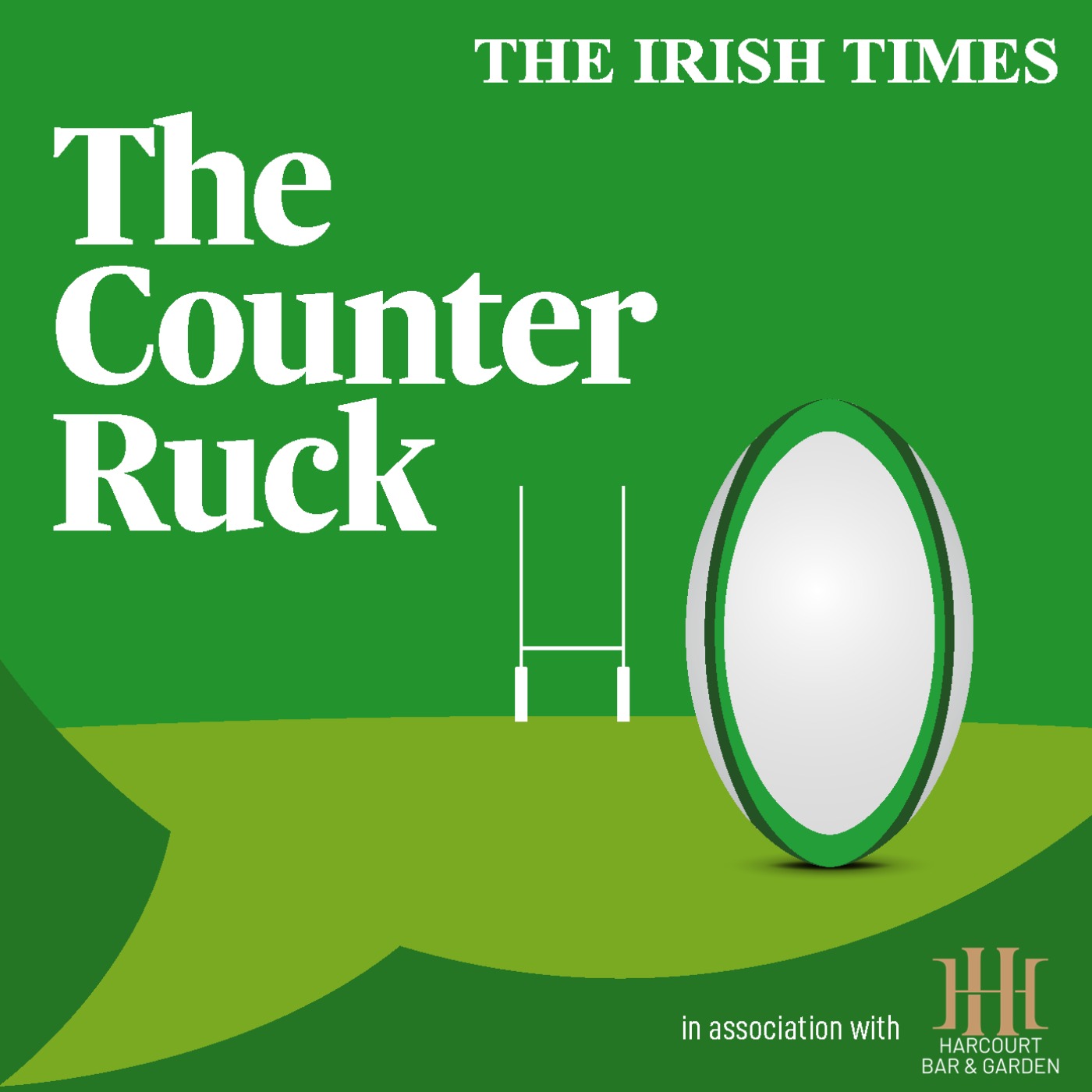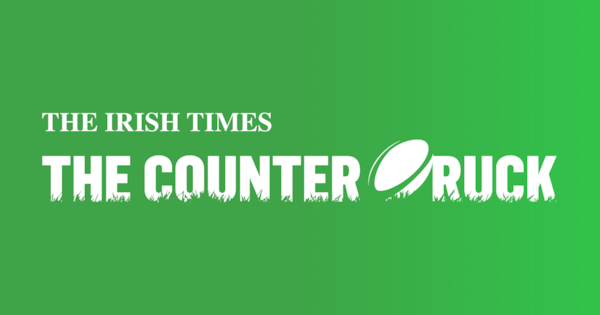Lynne Cantwell started her role as the IRFU’s first head of women’s strategy at the beginning of the year. Now, with the publishing of the IRFU’S Strategy Document for Women’s Rugby, the vision for female rugby in Ireland is clearly set out.
The document is extensive and includes everyone involved in the game, from minis starting out, to international players, to potential sponsors.
“We want to articulate where we want to go,” says Cantwell. “Is that achievable? We don’t know yet, but I think it’s reasonable to list where we want to go in all of the objectives and try and build it.
“Lots of it will be depending on staffing and funding and alignment and all of that stuff, but I think lots of that is possible. So my general impression is there’s been lots of engagement.”
READ MORE
Some of the numbers in the document make for grim reading. Of the 217 clubs in Ireland, 163 have a women’s or girls’ team. But of those, just 10 per cent have a full pathway from minis to a senior women’s squad. At club level, gender disparity on boards is evident, with a 15 per cent female representation on average.
Cantwell says: “There’s no doubt that this is a growth story. Once we have transparency about where the game is at in all of those, I don’t mind if it’s at ground zero. Once we know it and once we have commitment to be able to build it.
“But it’s also really helpful to see that the performance space is in a positive space. There’s so much more to go, but it’s great to see there’s growth there, in particular in the secondary school space, in the university space – there’s so much more opportunity.”

Which Irish players have impressed for the Lions?
That opportunity includes innovative provisions like establishing a women’s medical strategy committee to guide data gaps in the women’s game.
“We’ve started a medical group so that we can chip away at the data gap of the female athlete. Eight per cent of all research in the whole world is about female athletes and we largely are guessing.”
Irish women’s rugby has been around for 33 years, while its male counterpart just celebrated its 150 anniversary. Financing the growth needed will require patience.
“There’s probably just a sense of the unknown and a sense of the understanding of how long the return on investment is going to be,” says Cantwell. “I think there’s nearly a 300 per cent increase in [investment] in the last couple of years. Although there’s been more significant investment over the last three years, there’s so much more to go.
“If we look to women’s soccer as our big sister, they’re knocking on the door of [almost] 10 years of their return on investment. Then if we look to the (English) RFU for their business planning, it works up until 2030 to be making a return on investment.
“Once we see more of those examples . . . we’d be able to give more confidence to brands and sponsors to come on board. But I also think we are quite young in understanding how to position and to leverage women’s sport and women’s rugby.
“There’s a different fan segment there; men and women that are interested in women’s sports because it’s brilliant and because of how good it can be. But also because they’re connected with the purpose of women’s sport and the effect that it has and what it reflects from a society point of view. We’re hearing lots of that.
“We will hopefully know more after the World Cup and be able to reach out to sponsors.”
The World Cup in England starts in August. Cantwell knows it’s a big opportunity. She said: “It’s absolutely massive. It’s on your doorstep. It’s going to break every record under the sun and Ireland have the potential to feel that bounce.”
A lot done, more to do.














